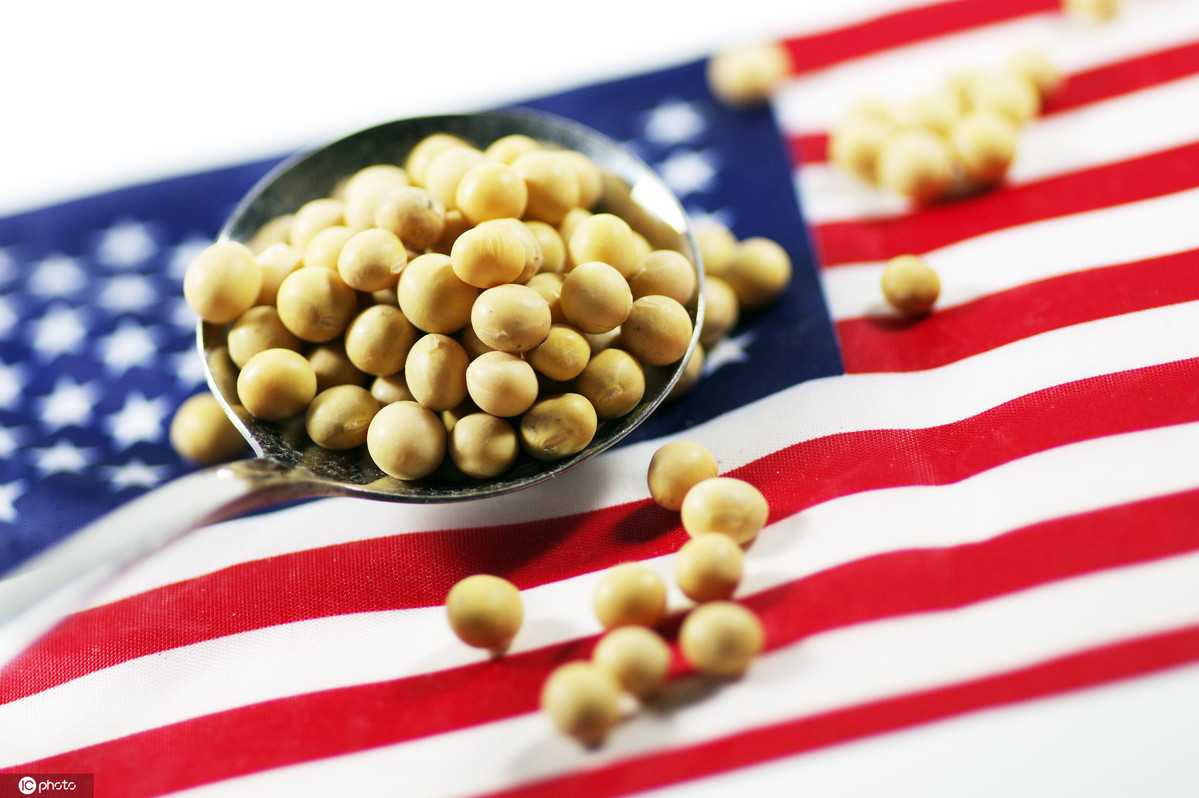 25 Aug 2025
25 Aug 2025
India is expected to buy more US soybean meal in the coming years, according to Jim Sutter, CEO of US Soybean Export Council (USSEC) during the Soy Connext 2025 in Washington, the US.
He said India had purchased US soybean meal a couple of times. The South Asian country imported 1.2 million tons of soybean meal in the 2021-22 fiscal to tide over poultry feed shortage.
“India could consume more soybeans in the future, and it may not export to nearby countries such as Nepal,” Mr Sutter added.
Buying more from US
The import of US soybean by Nepal increased 38% last year, revealed Kevin Roepke, USSEC’s Regional Director for South Asia and Sub-Saharan Africa.
Responding to the impact of the trade standoff between the US and other countries, he said the people and industry were mentally prepared, though it was a bit of shock.
“But people recognize that other countries need to buy more from the US,” he added.
The need for other countries to buy more from the US opens an opportunity for its agricultural products, particularly soybean.
“We are getting calls from other countries about buying soybeans,” said Mr Sutter.
Janna Fritz, Chairperson of USSEC, said the US farmers are willing to supply what buyers want.
“Farmers are ready to supply GM (genetically modified) soybean or non-GM soybean,” she stressed.
Mr Sutter added that GM or non-GM is left to the choice of the consumers. The point is “we are ready to supply what buyers want,” he said.
US soybean meal exports to increase
There is a shift in the US exporting of soybeans, with more soybean meal being shipped out now.
“There have been more investments in crushing, and there is enough demand for soybean meal made in the US,” said Mr Sutter.
US soybean meal exports will reach 23 million tons in the next 7-8 years from the current 16-17 million tons, while soyabean shipments will increase slightly, he shared an estimation.
“There is a diversification in meal exports (compared to soybean). It is going to different places,” said Mr Sutter.
Optimism on soybean yield
Ms Fritz said that US growers are optimistic about an above-average yield of soybeans this year despite delayed planting and heavy rain in some regions.
“We are one-and-a-half months away from the soybean harvest,” she said.
“Indifferent weather resulted in a low bean yield last year. Inputs were increasing due to higher fertilizer costs resulting from geopolitical tensions, innovations, and new technologies.”
Ms Fritz said farmers have decided to grow more soybean next year as input costs for the oilseed are lower than for corn.
Subscribe now to the technical magazine of animal nutrition
AUTHORS
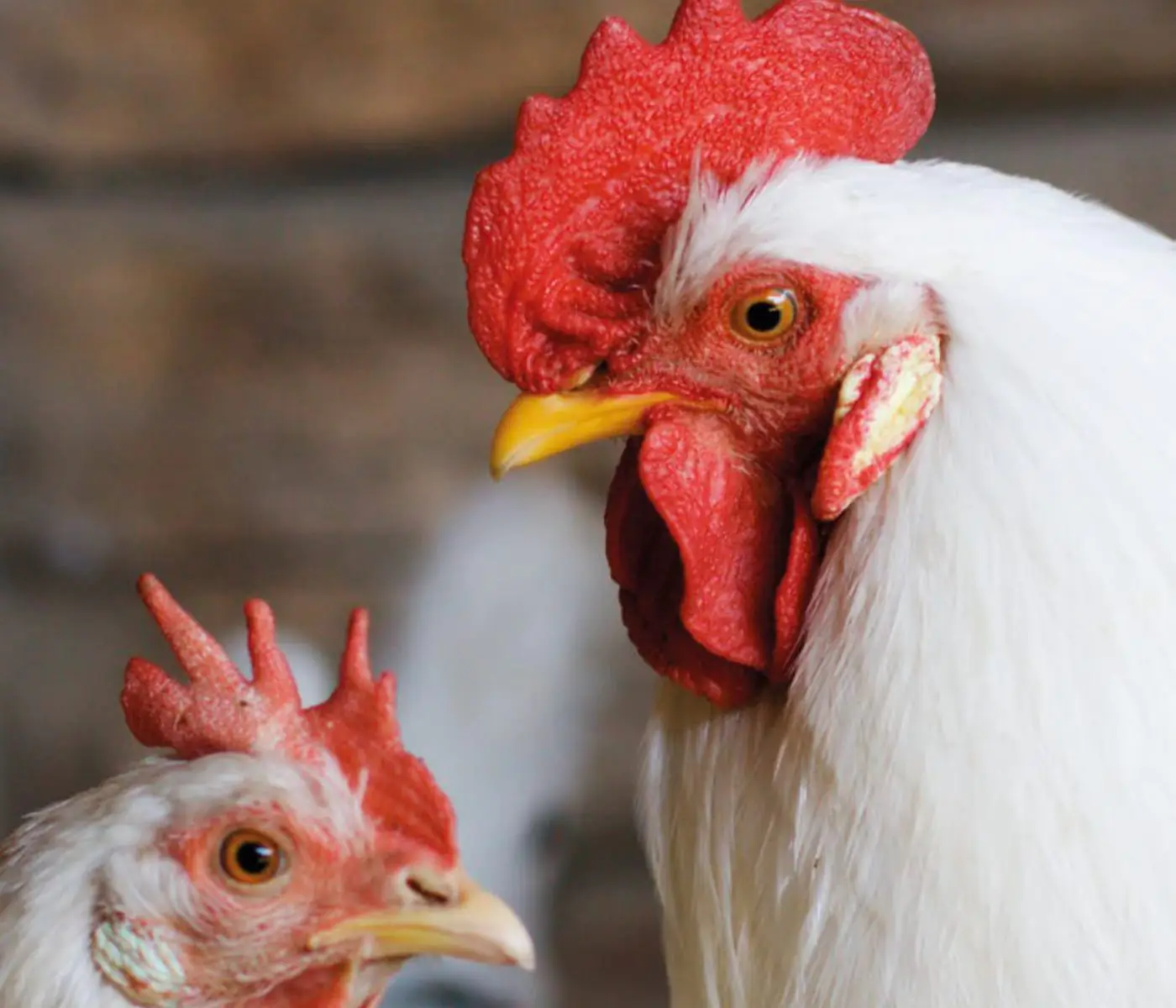
Nutritional Interventions to Improve Fertility in Male Broiler Breeders
Edgar Oviedo
The Use of Organic Acids in Poultry: A Natural Path to Health and Productivity
M. Naeem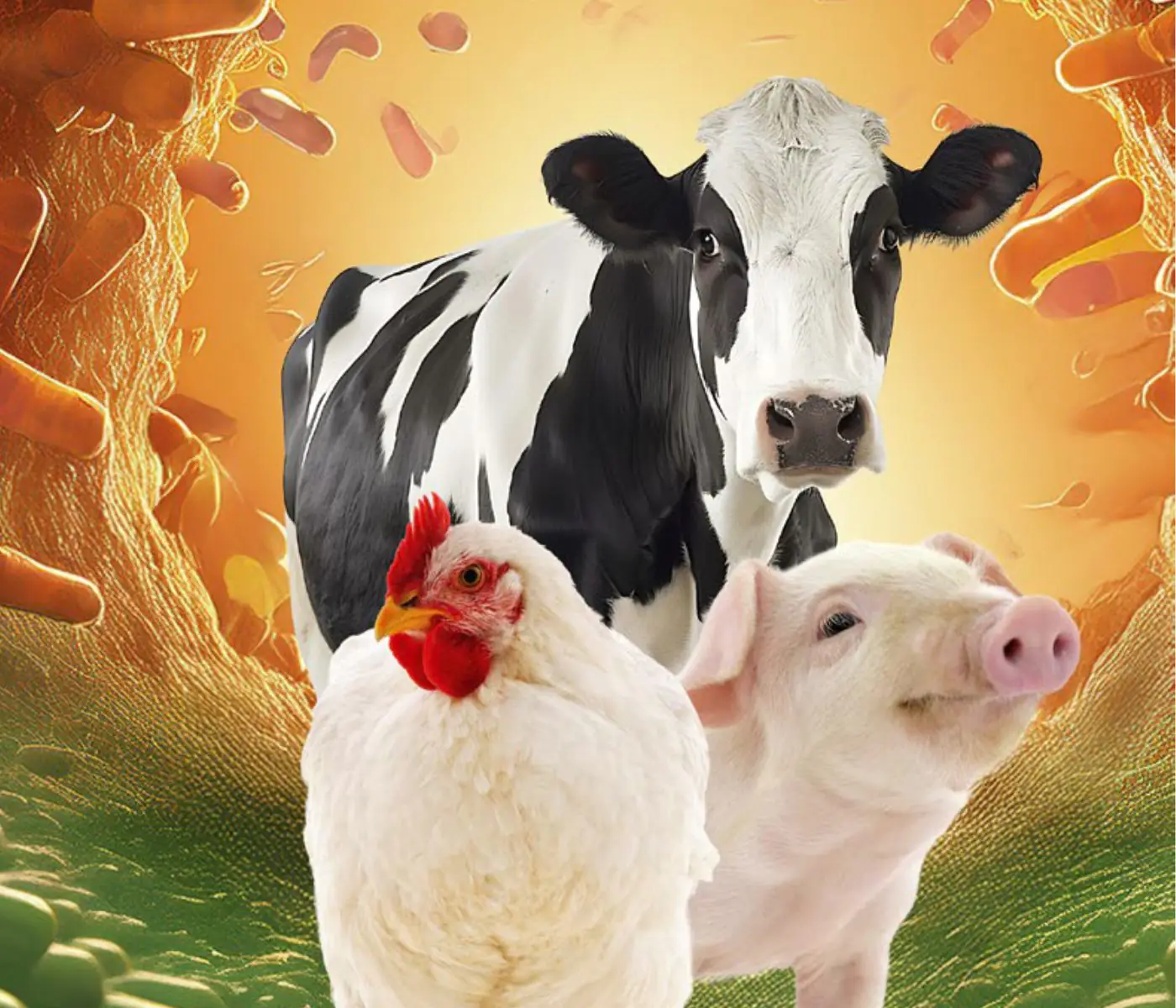
Synergistic Benefits of Prebiotics and Probiotics in Poultry, Swine, and Cattle
Gustavo Adolfo Quintana-Ospina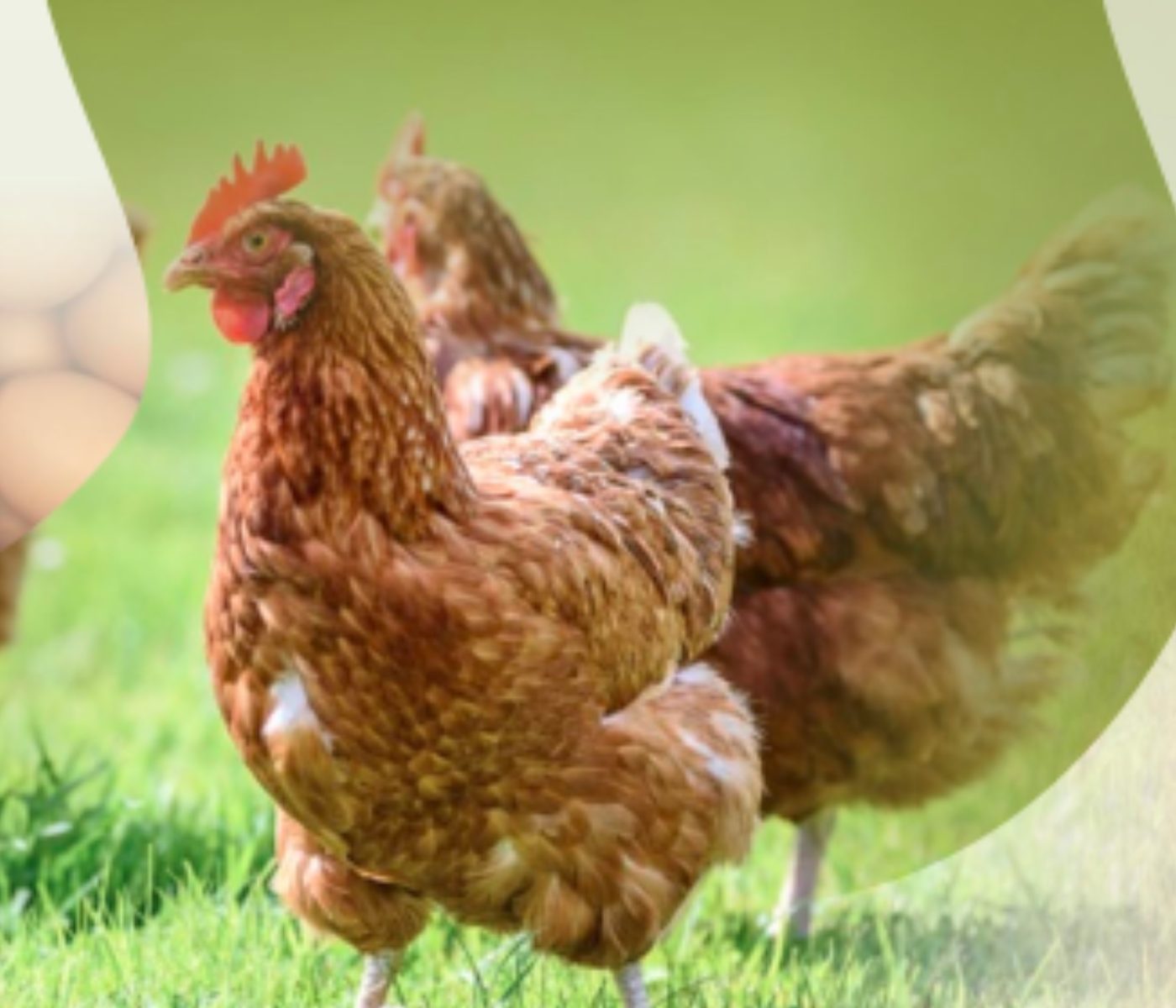
Hybrid Rye Potential in Laying Hen Feed Rations
Gwendolyn Jones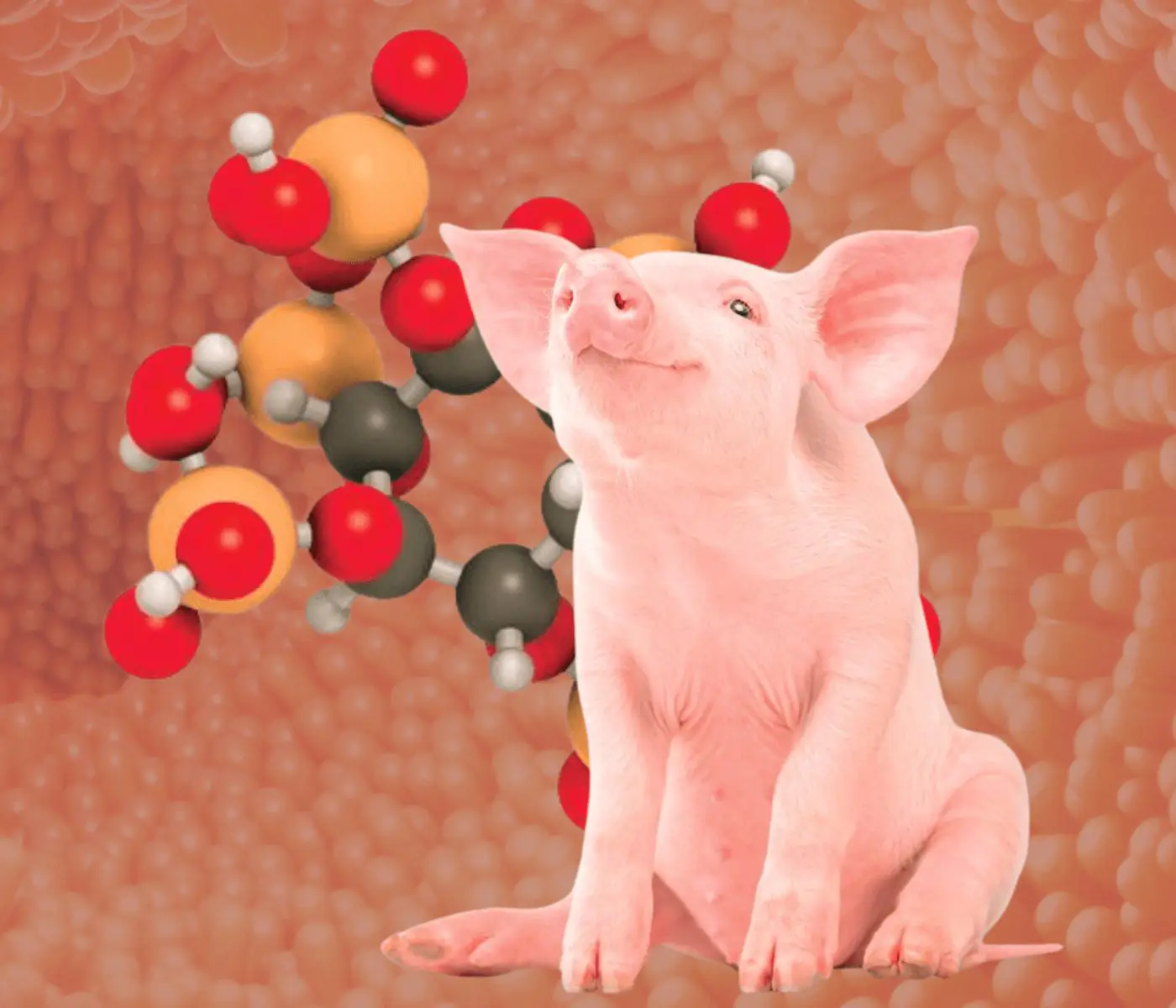
A day in the life of phosphorus in pigs: Part I
Rafael Duran Giménez-Rico
Use of enzymes in diets for ruminants
Braulio de la Calle Campos
Minerals and Hoof Health in the Pregnant Sow
Juan Gabriel Espino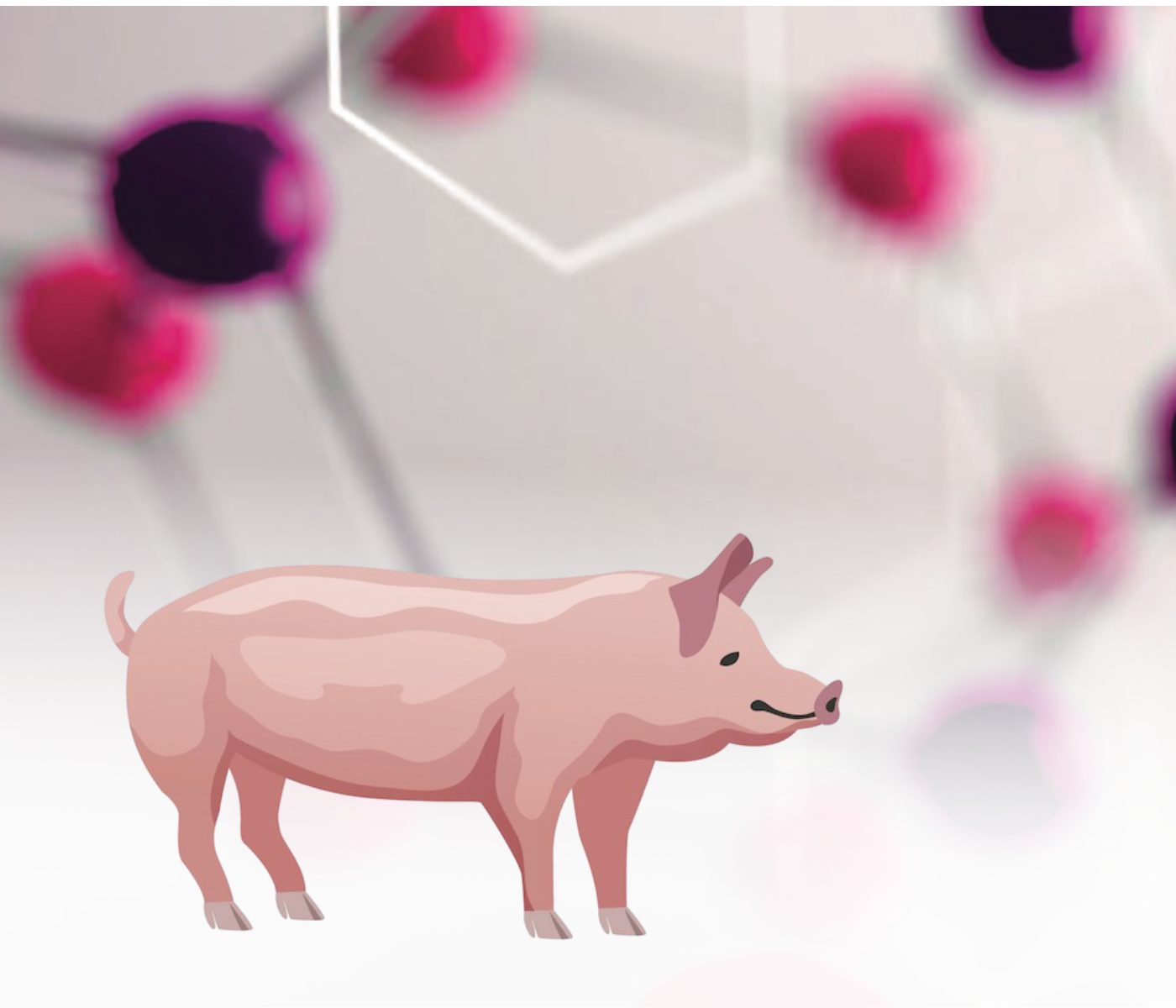
Impact of Oxidized Fats on Swine Reproduction and Offspring
Maria Alejandra Perez Alvarado